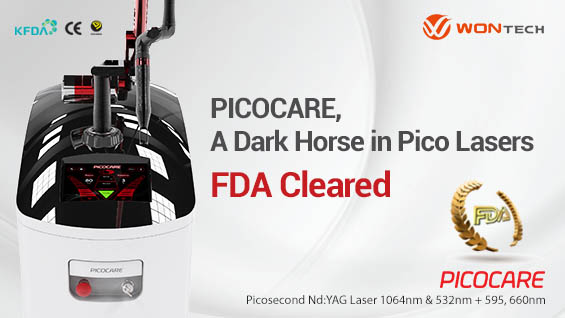.jpg)
▶ Previous Artlcle: #2-1. A Peeling Agent Effective for Acne Treatment
History of the patient’s skin diseases must also be checked before the peeling treatment. It is necessary to check for allergic dermatitis, keloidal constitution, herpes labialis, exposure to UV, cosmetics used by the patient, any laser treatment experience, smoking, pregnancy, breast-feeding, etc.
In addition, the strength of peeling must be determined after checking the skin type (normal, dry, oily or combination), thickness, keratinization degree, aging caused by UV rays, skin sensitivity, etc. In particular, special care must be taken in case of patients with darker tone Fitzpatrick skin type 4, because they have high occurrence of post-inflammatory hyperpigmentation (PIH) after high-concentration peeling.
Peeling in case of dermal melasma or PIH usually does not result in positive reaction and may even cause deterioration of the condition. It is therefore necessary to determine whether the melasma is epidermal or dermal type and it is not recommended to perform harsh peeling procedures on PIH that occurred after laser treatment.
[Advertisement] PICOCARE - Manufacturer: WONTECH(www.wtlaser.com)
In addition, patients for whom peeling procedures are not recommended include patients with mental health illnesses, patients excessively exposed to sunlight, pregnant or nursing, those who have keloid skin or autoimmune disorders, are infected with herpesvirus, recently had plastic surgery, or have taken photosensitive medications.
It is good practice to obtain patient’s consent after providing detailed explanation on various inconveniences and side effects that might occur after peeling. I would recommend not performing this treatment on patients with sensitive personality or patients who appear ‘difficult’. In addition, it is important to avoid exposure to the sun after the treatment and apply sunblock because photosensitivity can occur after the treatment.
-To be continued




















